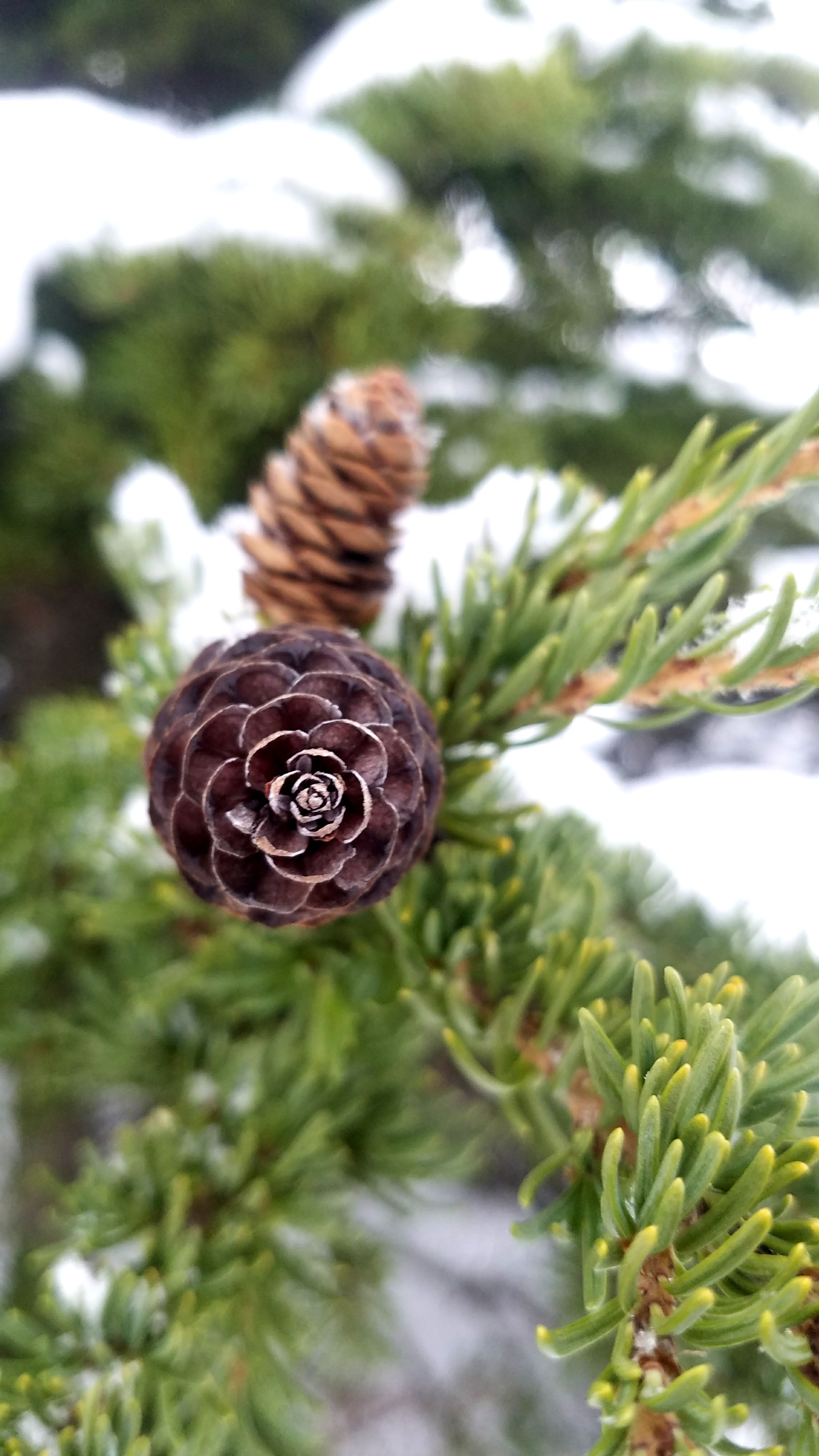How the Rediscovery Occurred
- SPRU-SEAL

- Jan 22, 2020
- 4 min read
Updated: Jun 12, 2022
My first four winters living in Breckenridge, Colorado, I worked at the majestic Breckenridge Nordic Center lodge, where employees do everything from checking in guests as they arrive, to concocting drinks at the bar, to outfitting the tourists for their first ever Nordic experience and then taking them on guided snowshoe tours and ski lessons throughout the spectacular Cucumber Gulch Wetlands Preserve and Wildlife Refuge that is the heart of the Nordic Center neighborhood on Peak 8 in Breckenridge.
Most of the wildlife in the area is either nocturnal or spends the majority of its time hunkered down underneath the snow through the winter months, and they only leave their tracks atop the fresh snow for us to see on rare occasions. So, I found myself learning as much as possible about the flora of the area in order to be able to entertain the guests for anywhere from 1 to 3 hours while out leading any given tour. Seeing as you generally find the same trees and shrubs in the same exact spots along the trails, they actually made great landmarks and points of interest for breathers / water breaks to give the low-landers time to adjust gently to life in the high country at the fast pace of American vacation.
Come to find, virtually ALL of the trees and shrubs that you'll see standing above the snow (and underneath, too!) possess some medicinal value: all of the evergreens are rich in vitamin C, willow bark is rich with salicin (aka Aspirin / Ibuprofen), and sun-drenched aspen trees produce a white powder on the outer layer of their bark that a person can rub off of the tree and wipe on his or her skin to use as sunscreen!
Going from working the bar inside the Nordic Center lodge, where I made Breck's Best Moscow Mule, to snowshoeing and skiing outside beneath the towering spruce trees really wrecked my knuckles and fingertips, due to the every day back and forth between frequent soapy warm water hand washings inside and spending hours at a time outside, where I was exposed to the frigid, bone dry, 10,000ft high alpine air.
After months of using superglue (invented during WW1 as warfare medicine) to stop the cracks from growing (which didn't really help, especially not on knuckles), and months of educating countless thousands of guests from far and wide about the medicinal value of all the trees and shrubs of the area, I decided to try the spruce sap on one hand vs. superglue on the other.
Out of all the evergreens that I'd make the tourists smell in order to help them differentiate the species (pine from spruce from fir), the ubiquitous response to the aroma of the spruce was a small sniff, followed by a spontaneously deeper, lung-filling inhalation with a profoundly satisfied "Mmmm" on the exhale. That's what clued me into the fact that there's something primal about our human connection to these prolifically giving trees.
Lo! And behold! Two days later -- TWO DAYS LATER! -- the spruce sap had sealed and healed those dry skin cracks! The superglue merely sealed my fingertips with a rough, rigid callous, far too rigid for knuckles and only gave my dry skin a chance to heal from within, after 6-8 days, if at all, before ripping open again.
With the sap having proven itself to be potently medicinal, being the healing agent of the majestic spruce itself and having been used by humankind since time immemorial, my personal mission became creating a way to make the sticky spruce sap less of a sticky mess and more marketable to the Public while maintaining its medicinal qualities and profoundly satisfying scent.
Filled with deep-Earth minerals and nourishing elements that protect the trees from infection, whenever the spruce tree's outer bark layer is punctured by boring beetles or scraped by falling neighbor trees or clobbered by reckless off-road vehicles, a scab forms by leaking "blood," but the spruce does not scab as efficiently you and I do. Most of the "spruce blood" leaks below the actual wound, which is what we collect for our spruce balms! We spread any fresh, clear, extra sticky sap from the edges of the wound all over the open wound...getting to play Spruce Doctor.
The number one problem with using sap to heal my winter-abused knuckles (besides looking like I'd been getting in bar fights due to the collection of dust on the sticky sap, thus looking like bruised knuckles) is that I found its stickiness a to be a tremendous nuisance when polishing dry my freshly cleaned bar glasses and accidentally knuckling the inside of the glass...creating a bigger mess to clean all over again! So I knew I needed to find a way to decrease the stickiness of the sap, while staying true to its medicinal roots.
After a bit of experimentation with various Vitamin E rich oils and natural ingredients, I've created a beautifully spruce infused, 100% organic, skin repairing true Spruce Balm that keeps fingertips, knuckles, lips, elbows, heels and any dry skin in supple form through the constantly changing conditions of the mostly arid American West!
I call it Spru-Seal..."it's almost like you're saying Spruce Heal"... and our goal is to grow the old-fashioned, tried and true method of word of mouth brand awareness, linking together the mountain towns and building a stronger, better connected Community throughout the mountain region and beyond!
www.Spru-Seal.com
Spru-Seal! Over two years in the making, it's finally ready to present to the public as of January 2020!








Comments